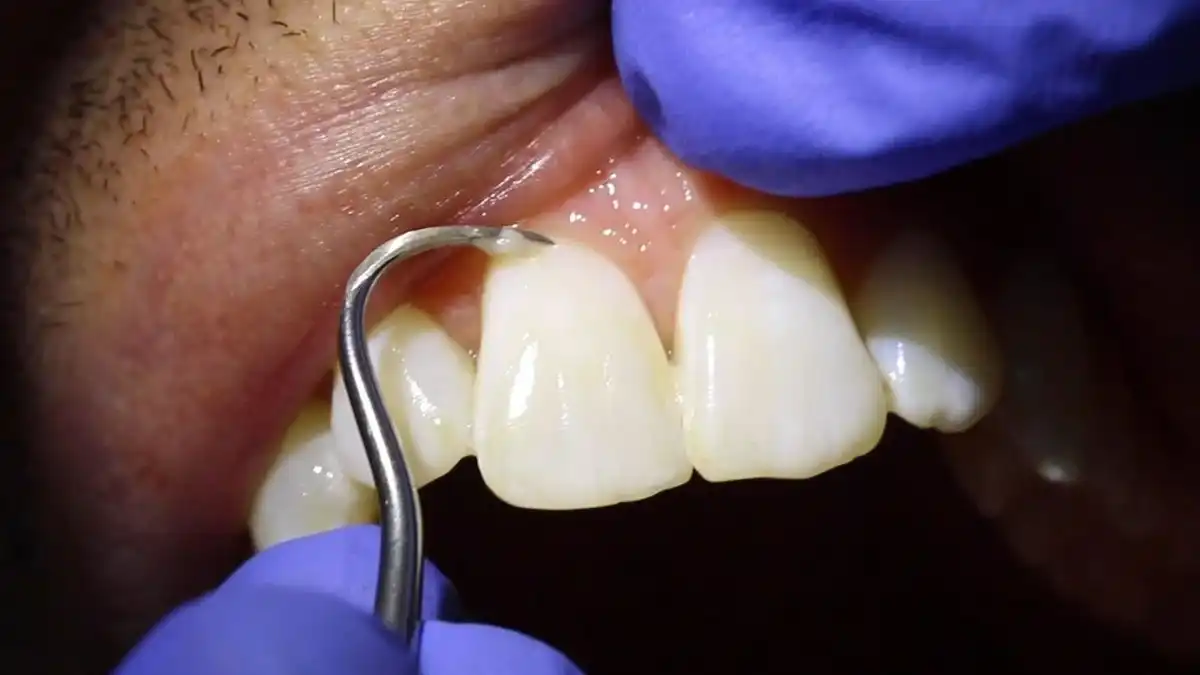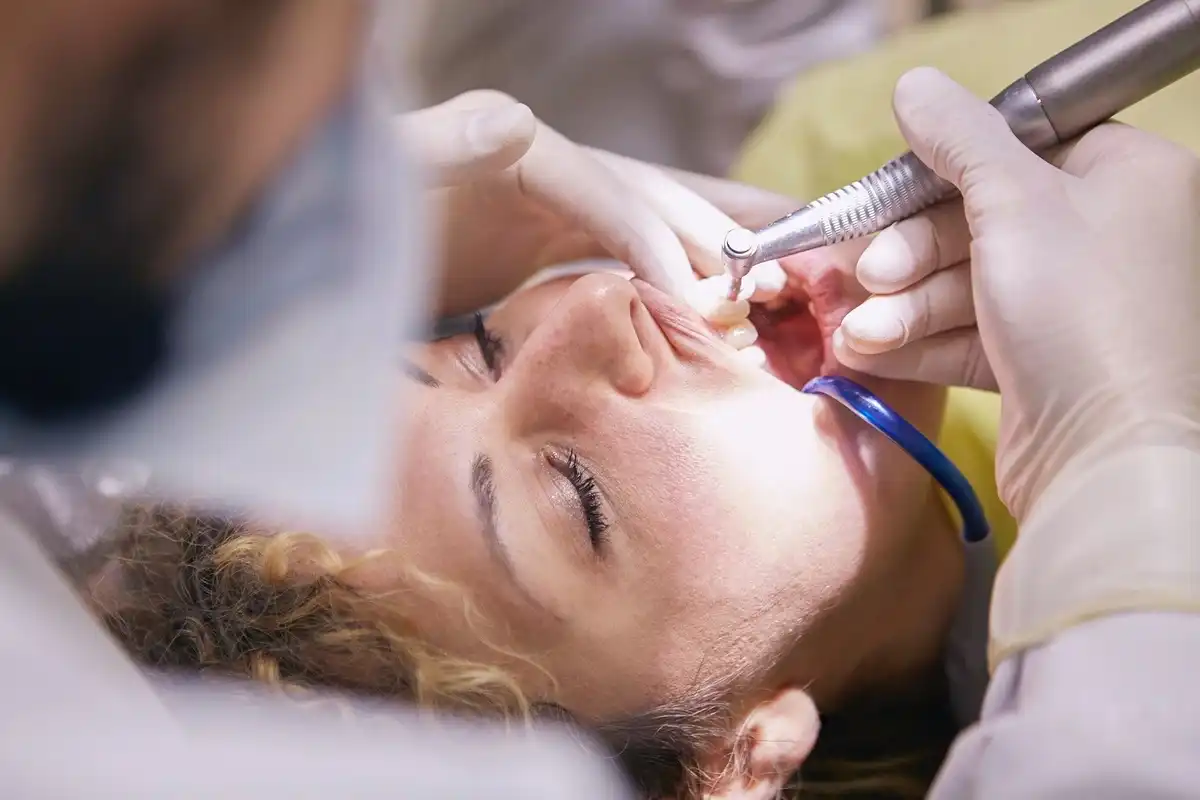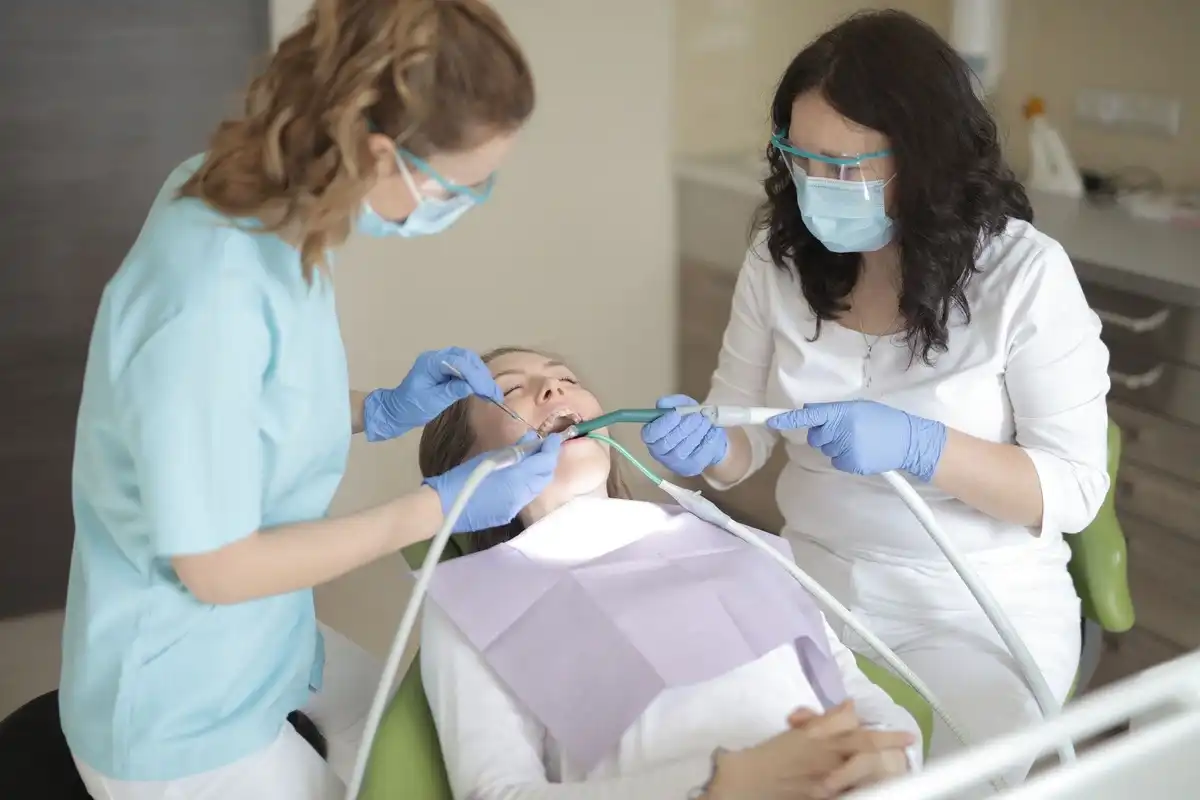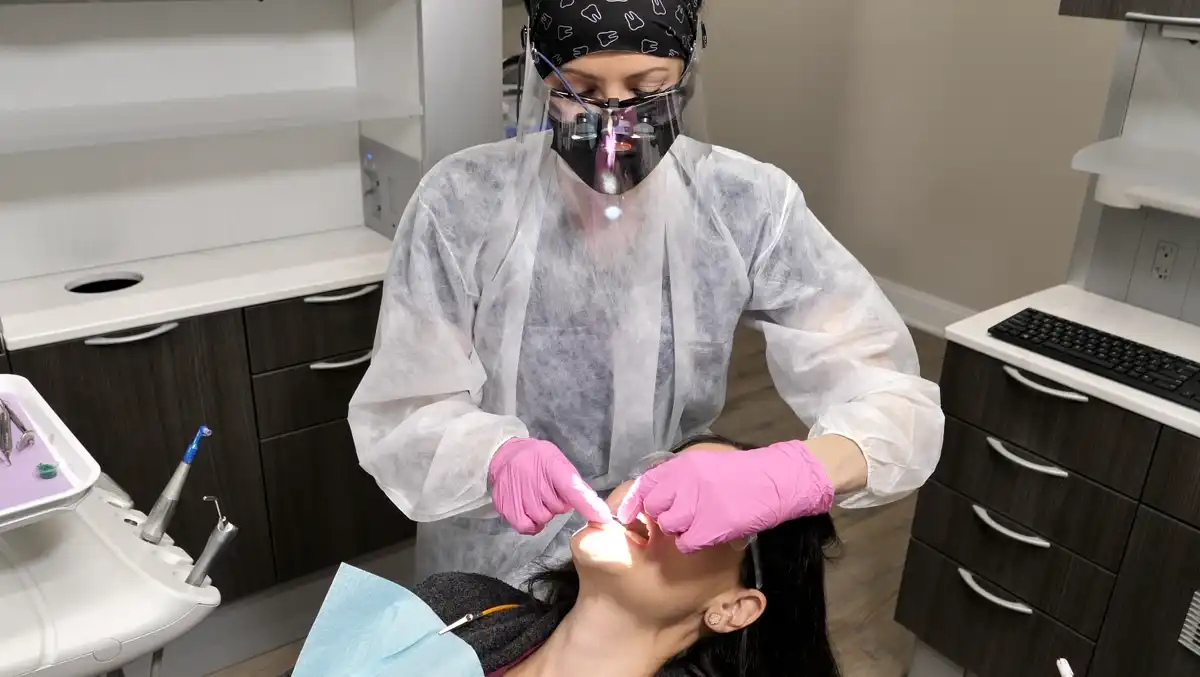5 Ways To Improve Ergonomics for Dental Hygienists

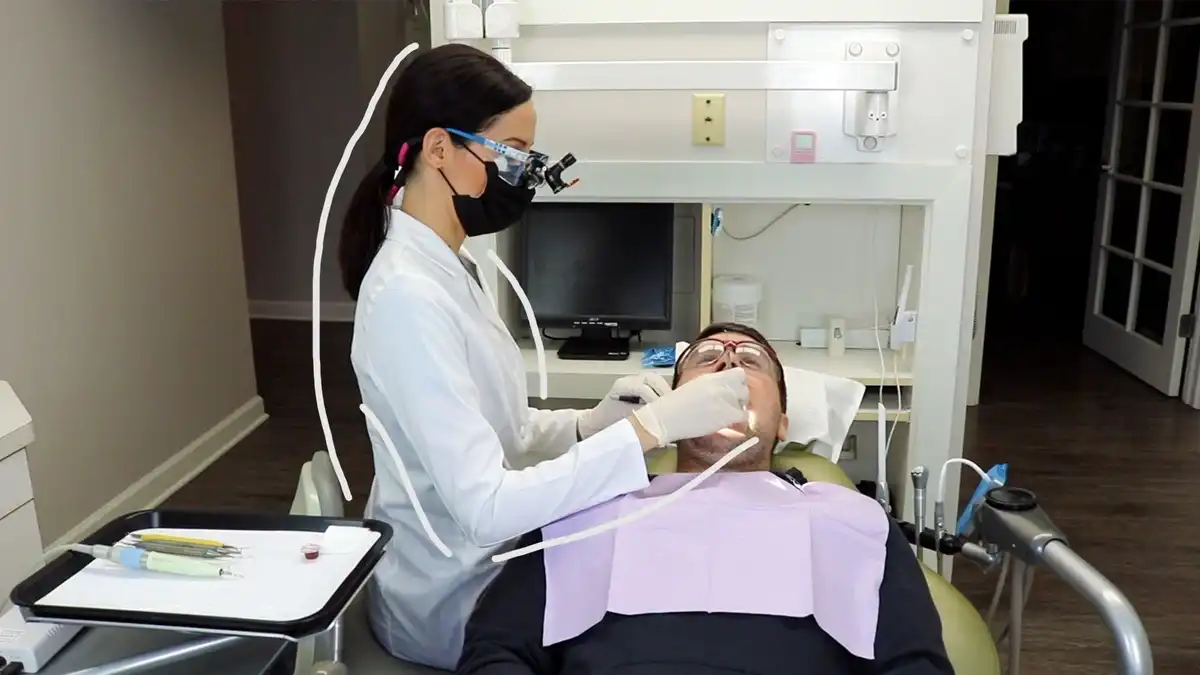
Since dental hygienists and dental professionals are at a such high risk of neck, back, and shoulder issues, there are five important things we need to incorporate to prevent injuries and chronic pain.
1. Proper Ergonomics
What do ideal ergonomics for dental hygienists look like? First and foremost: sit up straight with your elbows at your sides and your shoulders in a relaxed position. You want to try to sit in the most neutral pose possible. Proper posture is one of those habits you never want to lose!
Great ergonomics means no hunching over, bending, or twisting our spines while we’re seeing patients. If it’s not possible for a person to lay all the way back – which is pretty normal for special populations – then be sure to lift the chair up high enough so that we can stand comfortably with our backs straight. Again, keeping our spine in a neutral position with our shoulders resting comfortably during dental procedures.
Sure, there are going to be times where we do what we have to do to see a patient, but that shouldn’t be all day, every day. With good practice, you can help minimize repetitive strains on your body.
Side note: when we’re talking about ergonomics for dental hygienists, some RDHs have really good luck with those “saddle” styles of chairs. Personally, they make me kind of sore, but some people love them because of how they encourage you to sit up straight.
2. Loupes And Headlights
Second, if you’re a hygienist whose concerned about preventing musculoskeletal injuries and repeated muscle strain – get a pair of loupes with a built-in headlight! The magnification you get from the loupes is great because it helps prevent you from bending or hunching over to get a closer look. But to me, the headlight on my loupes is almost even better.
With a headlight, there’s no moving your arm all over the place to keep the overhead light adjusted. So that alone eliminates unnecessary repetitive movements. You don’t have to reach up every minute to move the light to a different area of the patient’s mouth. Instead, you barely tilt your head the way your eyes are pointed and the light on your loupes goes with you.
To me, headlamps and loupes are both equally important. I want them both. But if I could only have one or the other (like if I’m playing a game of Would You Rather,) I would definitely choose to keep the light over the loupes.
3. Stretch
Daily stretches for dental hygienists are just as important as the way we sit and move while seeing patients. In fact, I try to stretch throughout appointments when I get the opportunity. Any time there’s a chance to move around, I make a point to do my stretches. For dental hygienists, there are specific ones that target our wrists, neck, shoulders, back and even our eyes!
A great time to stretch is when you’re going in and out of the room to take an FMX. In a hygiene CE class that I took with Amber Auger, she showed us this really great move where you tilt your chin down and push your neck back. Yeah, you look like an absolute dork while you’re doing it, but it helps relax your neck, shoulders, and back. If I’m between instruments, I also like to take a moment to pull/push my up and down to stretch my wrist.
And while we’re talking about Amber Auger, in the course I took she also shared how important it was to stretch our eyes (by looking in different directions) since we’re always staring down.
One final stretch that’s super important for me is in my shoulders. I stand in a doorway and push on each side, expanding my chest and stretching out my upper back. I try to do that one as soon as I get to work every morning and then throughout the day when I have time. If you’re too busy rushing around, at least make it a point to stretch during your lunch break, walk around the dental practice and then again once the workday ends.

4. Yoga Or Strengthening Exercises
Almost as important as stretches for dental hygienists is finding a good core exercise that tones your abdominal muscles. Things like Yoga and Pilates are perfect. If you’re one of those people who loves lifting weights, that’s great. For me the only time I do weights is when my Ballet Barre class instructor distracts us with dancing while we’re holding hand weights. Hey, whatever works!
Toning your core and abdominal muscles gives you the strength to sit up straight all day without wearing yourself out. Exercising helps prevent injury. And when you find something you like you’ll be more prone to do it several times a week. What I found was that the more yoga and Pilates I did, the more energy I had; I wasn’t coming straight home after work and crashing on the couch. My favorite yoga videos are Yoga with Adriene and they’re totally free on her YouTube channel.
5. Massages
When you talk about getting massages, a lot of people tend to think of them as a personal treat. But when you’re a dental hygienist, they’re practically a medical necessity. Just like stretching and exercises, I rely on regular massages to help work out tense areas in my body from all of the repetitive motions that I do during the day.
Once I finally bit the bullet and enrolled in one of those monthly massage membership programs, I really started to see a difference. Plus, my massage therapist helps me locate the exact areas on specific muscles where I can stretch between massages to help loosen the tension that builds up (lessening my risk of a musculoskeletal injury!)
Hygienists put their bodies in some of the weirdest and most contorted positions of any medical professional. Investing in a massage can help you stay healthy and practice longer.
Proper Dental Ergonomics For Dental Hygienists
- Practice good ergonomics, even when situations call for atypical positioning.
- Wear your loupes, but most importantly, buy loupes that have a built-in headlamp.
- Get plenty of stretching in every day before you start working and then as often as possible (like when you’re stepping out of the op to push the X-ray button).
- Find some type of strengthening exercises to firm up your core, such as Pilates or yoga.
- Get massages on a regular basis to help loosen out that muscle tension before it leads to a long-term injury.

Make your inbox smile!
Subscribe
